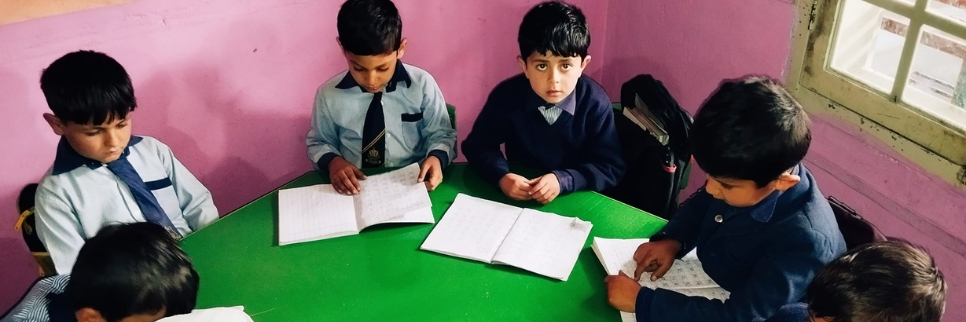Pakistan Faces Worse Education Crisis With Over 26 Million Children Out of School

- September 11, 2024
- 1662
Up to 26.2 million children in Pakistan are not attending school, according to information released by the Ministry of Education on September 9.
The National Assembly was made aware of this information, which highlights the serious educational crises that calls for quick action.
A significant disparity in schooling is revealed by the data released. There are 17.74 million youngsters aged 5 to 9 who are not enrolled in school.
Female Students Most Affected
There are 5.81 million girls and 4.97 million boys among them. This age group's higher percentage of female dropouts highlights a concerning disparity in early childhood schooling options.
Children's growth and future learning chances are negatively impacted in the long run by a lack of early educational experiences.
By the time children reach middle school, the problem just becomes worse. For example, 2.11 million males and 2.83 million females make up the 4.93 million youngsters between the ages of 10 and 12 who do not attend school.
This statistic highlights an issue that shows a significant gender gap: women are more affected than men in this stage of education.
At the secondary school level, where 4.55 million youngsters are not attending school, the situation is much more dire. There are roughly 2.24 million girls and 2.31 million boys among them.
Youth Dropouts
The dropout rate rises as children get older, indicating the existence of compelling structural factors that work as a barrier to ongoing enrollment.
At the upper secondary education level, the case becomes essential. The Ministry's justifications state that 5.95 million kids do not receive this level of instruction.
Of the overall student population, 2.99 million are male, and 2.96 million are female. This indicates that, at this level, both genders are impacted almost equally.
Poor Infrastructure
The high rates of school abandonment and persistent educational disadvantage are signs of more serious structural problems.
These are largely a result of economic difficulties; many families, particularly those in poverty, are unable to pay for the majority of education-related costs, such as tuition, books, and supplies.
Related Article: Cambridge V/S Edexcel: What Pakistani Students Should Choose in 2025
This financial strain worsens educational disparities by forcing kids to work or stay at home to support their family.
One of the main factors preventing access is inadequate infrastructure, especially in rural and isolated locations. Basic amenities, including potable water, hygienic conditions, and certified educators, are absent from the majority of schools in these regions. One of the main causes of high dropout rates is an inadequate learning environment.
Quality Education
Education quality is still another important issue. Outdated curricula, inexperienced teachers, and a shortage of necessary supplies plague many schools. Students are less likely to stay in school and finish it if they receive a poor education.
Children in really rural places will have greater access if the educational system is expanded, transportation is improved, and even mobile schools are established. While using contemporary teaching techniques, investing in teacher development, and updating curricula may raise standards, they may also lower dropout rates.








